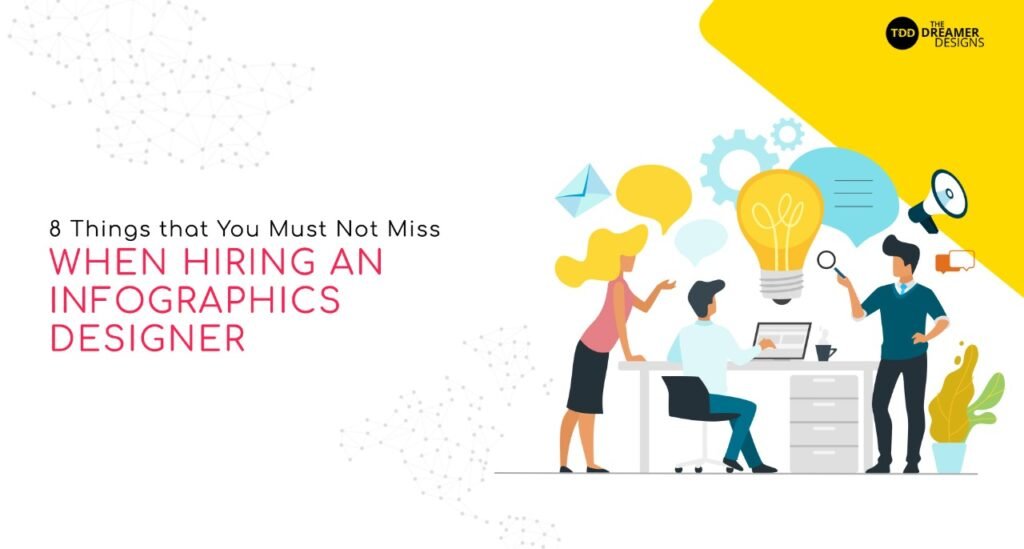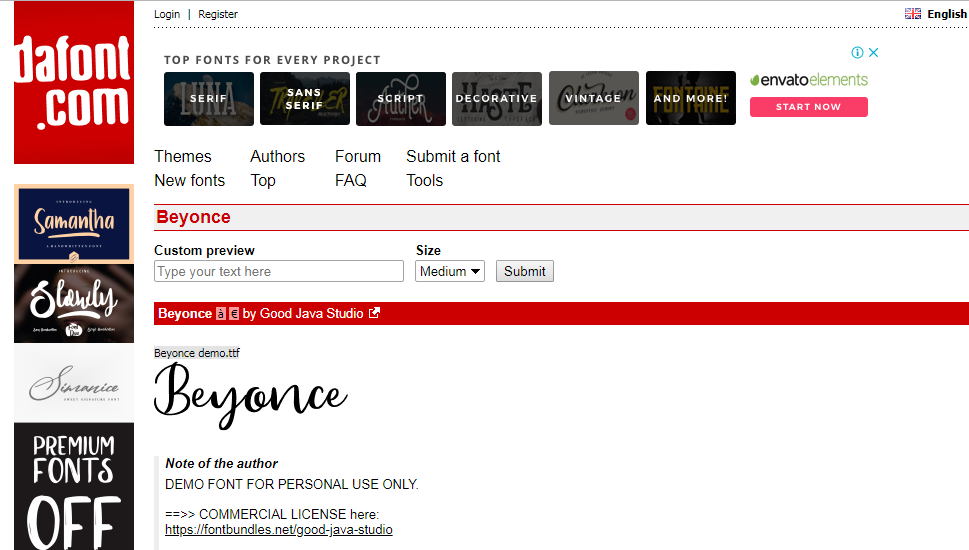The infographic design space has been part of a major evolution and is one of the most time-tested ways of delivering your message to various audiences. Infographics mainly comprise of visual clues to communicate the intended message while ensuring that it stays relevant to the topic.
But before you join hands with the Infographics revolution and get added to the list of people being benefited by the extreme communicative power of this tool, it is essential that you hunt for the right infographic designer for your business. Listed below are a few but crucial things to look out for when hiring an infographics designer.






